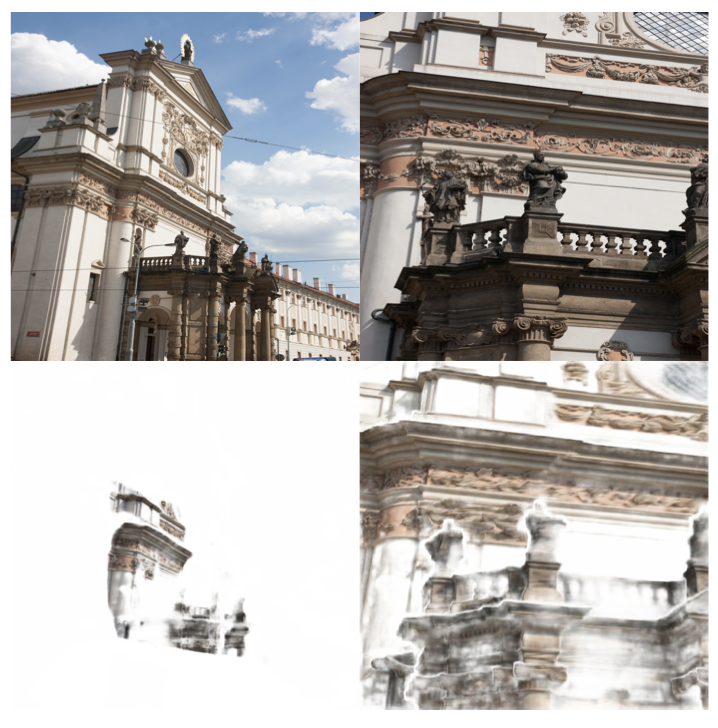Hej, I'm Johan Edstedt.
About Me
I am a PhD student at the Computer Vision Laboratory at Linköping University, Sweden. I am broadly interested in 3D reconstruction and neural networks. Mostly I've worked on image matching, but who knows what the future holds.
Skills & Technologies
Featured Projects

DaD: Distilled Reinforcement Learning for Diverse Keypoint Detection
Keypoints are what enable Structure-from-Motion (SfM) systems to scale to thousands of images. However, designing a keypoint detection objective is a non-trivial task, as SfM is non-differentiable. Typically, an auxiliary objective involving a descriptor is optimized. This however induces a dependency on the descriptor, which is undesirable. In this paper we propose a fully self-supervised and descriptor-free objective for keypoint detection, through reinforcement learning. To ensure training does not degenerate, we leverage a balanced top-K sampling strategy. While this already produces competitive models, we find that two qualitatively different types of detectors emerge, which are only able to detect light and dark keypoints respectively. To remedy this, we train a third detector, DaD, that optimizes the Kullback-Leibler divergence of the pointwise maximum of both light and dark detectors. Our approach significantly improve upon SotA across a range of benchmarks. Code and model weights are publicly available at https://github.com/parskatt/dad

RoMa: Robust Dense Feature Matching
Feature matching is an important computer vision task that involves estimating correspondences between two images of a 3D scene, and dense methods estimate all such correspondences. The aim is to learn a robust model, i.e., a model able to match under challenging real-world changes. In this work, we propose such a model, leveraging frozen pretrained features from the foundation model DINOv2. Although these features are significantly more robust than local features trained from scratch, they are inherently coarse. We therefore combine them with specialized ConvNet fine features, creating a precisely localizable feature pyramid. To further improve robustness, we propose a tailored transformer match decoder that predicts anchor probabilities, which enables it to express multimodality. Finally, we propose an improved loss formulation through regression-by-classification with subsequent robust regression. We conduct a comprehensive set of experiments that show that our method, RoMa, achieves significant gains, setting a new state-of-the-art. In particular, we achieve a 36% improvement on the extremely challenging WxBS benchmark. Code is provided at this https://github.com/parskatt/RoMa.